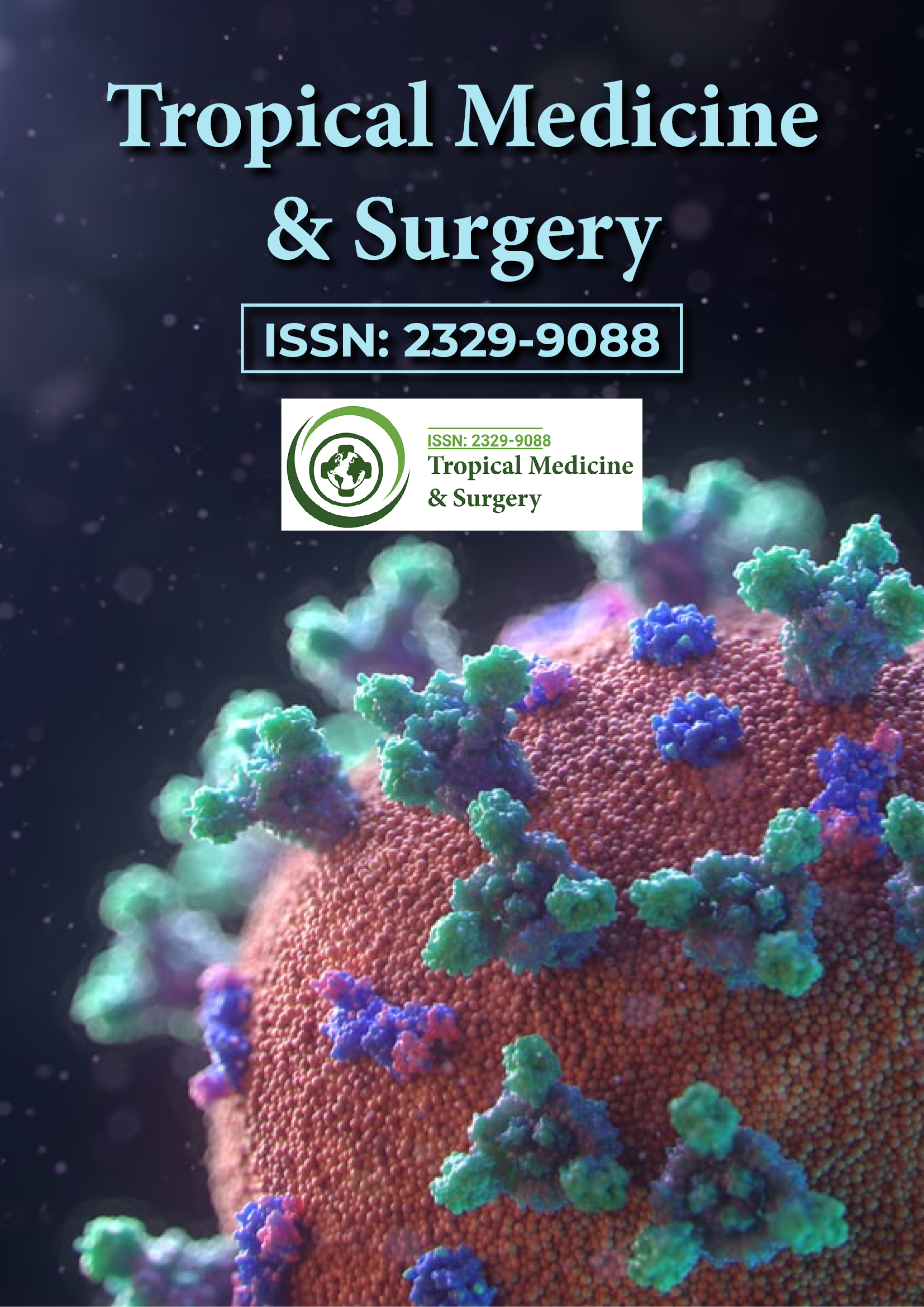PMC/PubMed Indexed Articles
Indexed In
- Open J Gate
- Academic Keys
- RefSeek
- Hamdard University
- EBSCO A-Z
- OCLC- WorldCat
- Publons
- Euro Pub
- Google Scholar
Useful Links
Share This Page
Journal Flyer

Open Access Journals
- Agri and Aquaculture
- Biochemistry
- Bioinformatics & Systems Biology
- Business & Management
- Chemistry
- Clinical Sciences
- Engineering
- Food & Nutrition
- General Science
- Genetics & Molecular Biology
- Immunology & Microbiology
- Medical Sciences
- Neuroscience & Psychology
- Nursing & Health Care
- Pharmaceutical Sciences
Abstract
Health Related Quality of Life after Hysterectomy Performed for Benign Conditions in Tertiary Hospitals, Rwanda
Corneille Killy Ntihabose* and Bonaventure Twahirwa
Objective: Hysterectomy is the most common major surgical procedure performed by gynaecologists. Most studies reporting on surgical procedures emphasize surgical outcomes such as operation time, surgical complications and hospital stay. Most women undergo hysterectomy to relieve symptoms and improve their Health-Related Quality of Life (HRQoL). It is an important outcome variable in clinical research for benign gynaecological conditions. The objective of this study was to assess the HRQoL in women after hysterectomy performed for benign gynaecological conditions in Rwanda.
Objective: Hysterectomy is the most common major surgical procedure performed by gynaecologists. Most studies reporting on surgical procedures emphasize surgical outcomes such as operation time, surgical complications and hospital stay. Most women undergo hysterectomy to relieve symptoms and improve their Health-Related Quality of Life (HRQoL). It is an important outcome variable in clinical research for benign gynaecological conditions. The objective of this study was to assess the HRQoL in women after hysterectomy performed for benign gynaecological conditions in Rwanda.
Results: The mean age of patients was 51 ± 9 years. Most of the women were premenopausal (64.1%). The most common indications for hysterectomy were fibroids (52.2%) and uterine prolapse (22.8%). Most of the hysterectomies (76.1%) were performed transabdominally. The average length of hospital stay was 6 ± 4 days. All domains showed significant improvement in HRQoL scores after hysterectomy (p<0.001). The physical health component summary improved from 28.8 to 61.3(p<0.001) and the mental health component summary improved from 35.8 to 67.0 (p<0.001).
Conclusions: Health related quality of life significantly improve after hysterectomy performed for benign gynaecological conditions in Rwanda. These findings are vital and may be useful to patients and health care providers in counselling women before hysterectomy.
Published Date: 2021-07-14; Received Date: 2021-06-23
